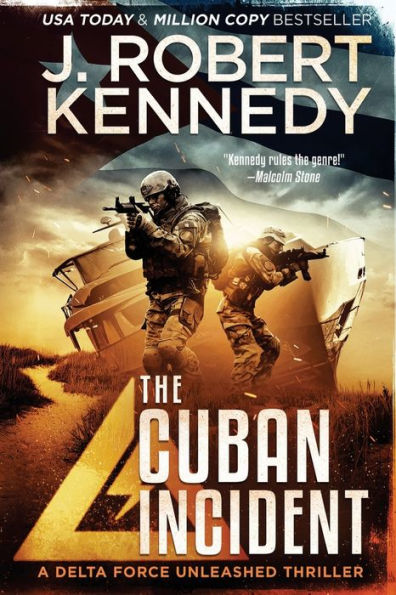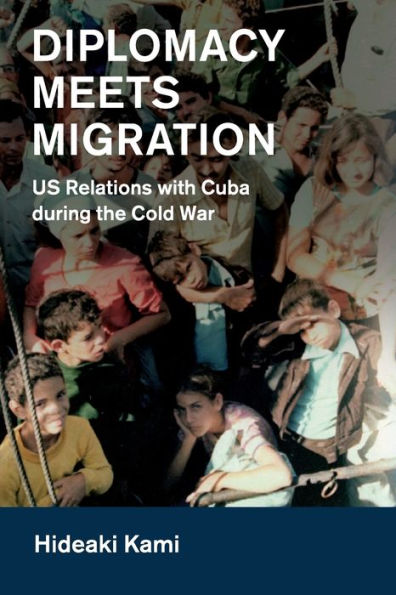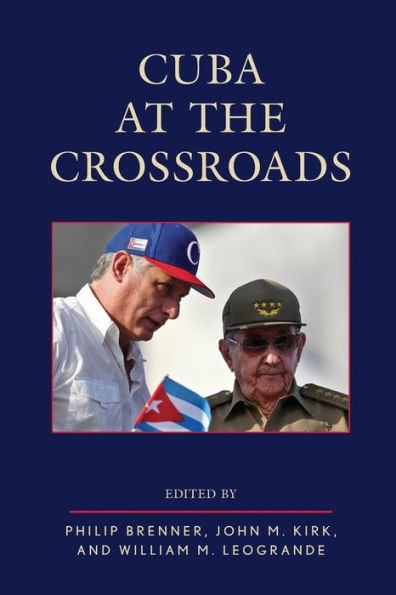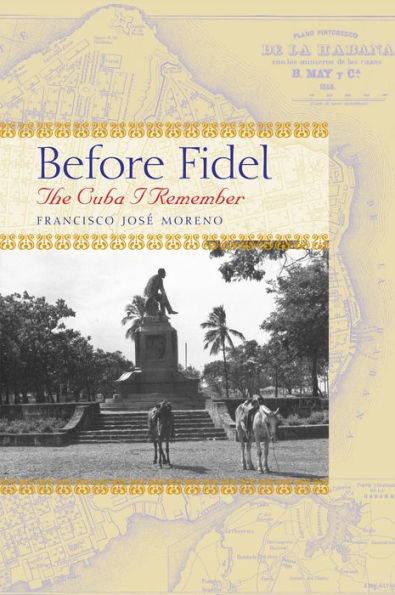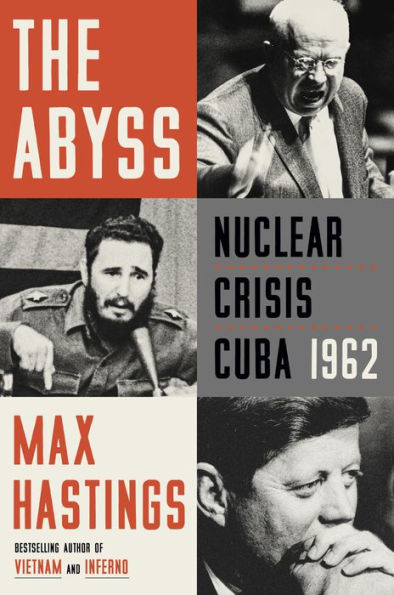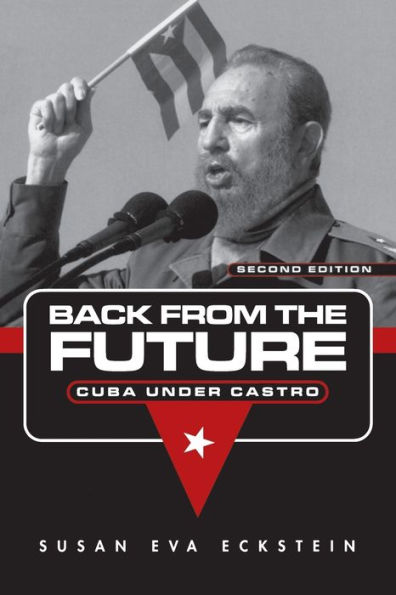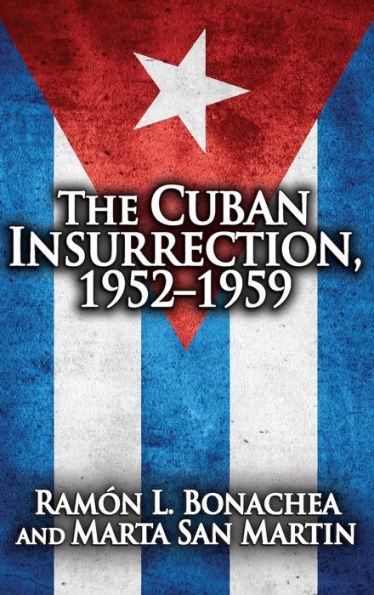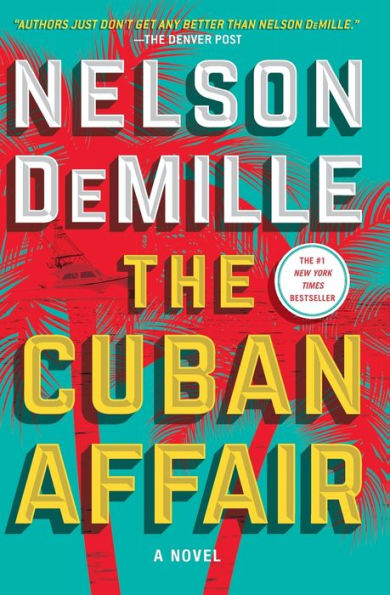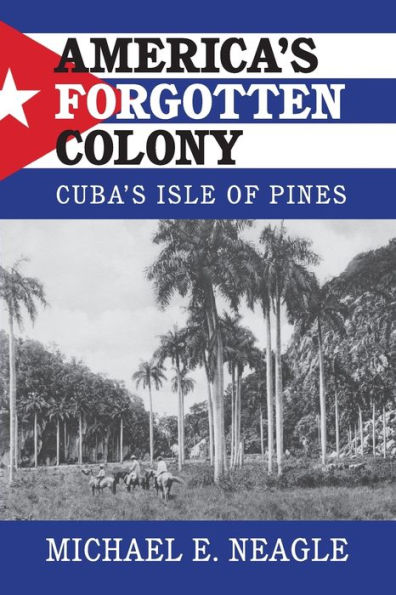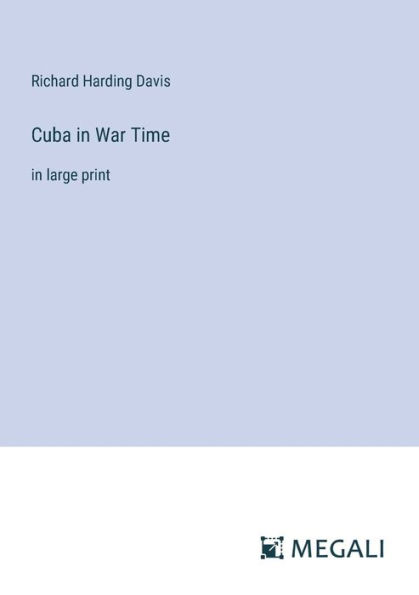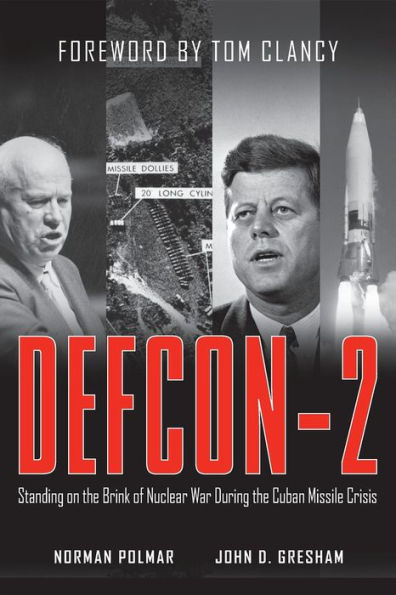Home
Besieged Beachhead: The Cold War Battle for Cuba at the Bay of Pigs
Loading Inventory...
Barnes and Noble
Besieged Beachhead: The Cold War Battle for Cuba at the Bay of Pigs
Current price: $32.95
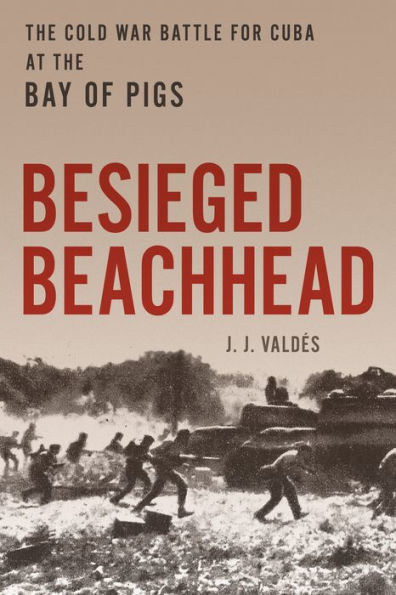

Barnes and Noble
Besieged Beachhead: The Cold War Battle for Cuba at the Bay of Pigs
Current price: $32.95
Loading Inventory...
Size: OS
*Product Information may vary - to confirm product availability, pricing, and additional information please contact Barnes and Noble
Long entangled in Cuba’s economy and politics, the United States watched Castro’s revolution carefully and grew wary as Castro drew closer to the Soviet Union. Within a few months, the CIA, with President Dwight Eisenhower’s approval, was recruiting and training Cuban exiles for a paramilitary force to topple Castro. By early 1960, when John F. Kennedy became president after campaigning on a hard line on Cuba, policymakers believed the window for action was closing. Kennedy gave the go-ahead for the island’s invasion, but not before ordering changes, aimed at concealing American involvement, that weakened the operation.
Early on April 17, 1961, 1,400 men of Brigade 2506—Cuban exiles trained by the CIA in Guatemala—began landing at the Bay of Pigs, just over 100 miles southeast of Havana. Nearly everything went wrong. Boat engines failed. Coral reefs snarled landing craft. Castro’s planes destroyed ships carrying vital ammunition and medical supplies. Expected popular support within Cuba did not materialize. Khrushchev rattled the nuclear saber, spooking Kennedy from ordering assistance he was reluctant to provide anyway. Over the course of three days, the Brigade obstinately defended a rapidly shrinking beachhead, but the exiles—outnumbered and under supported —were no match for the air and ground forces Castro threw against them. By April 19, the invasion had failed and 1,200 scattered survivors were captured over the ensuing days. What had been intended as a Cold War masterstroke ended in embarrassment for the U.S. The Bay of Pigs disaster would set the stage for the Cuban Missile Crisis eighteen months later and shape U.S.-Cuba relations up until the present.
Decades in the making,
draws from English and Spanish sources in the United States and Cuba to tell the story of this conflict as it has never been told before. Along the way, the work sheds light on events that have been shrouded in secrecy, myth, and propaganda for six decades.

